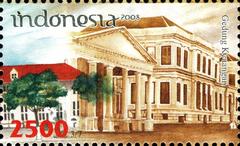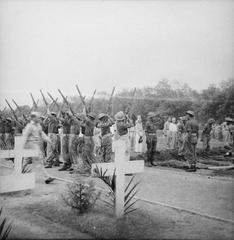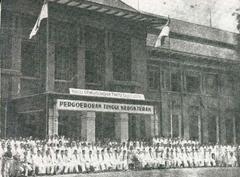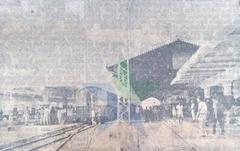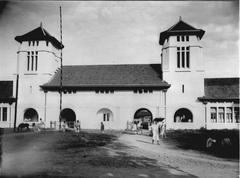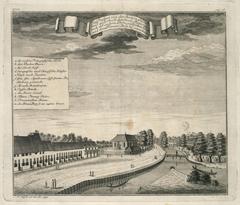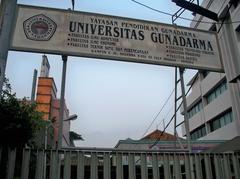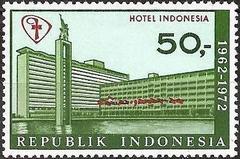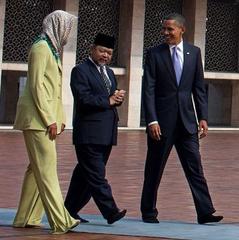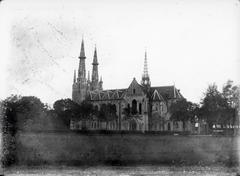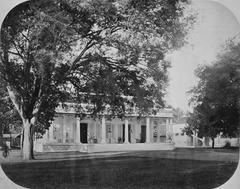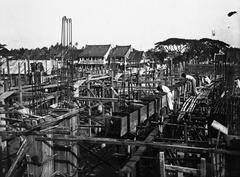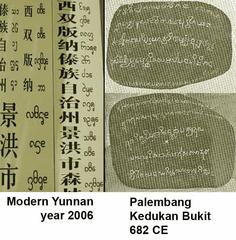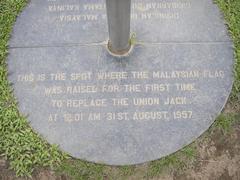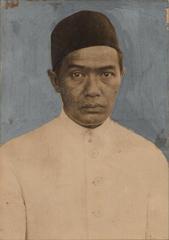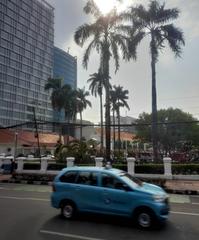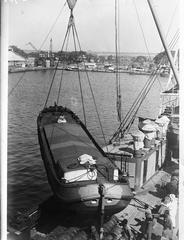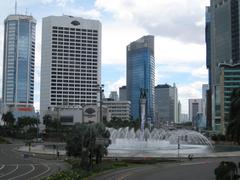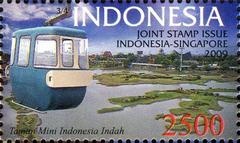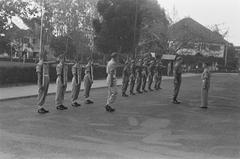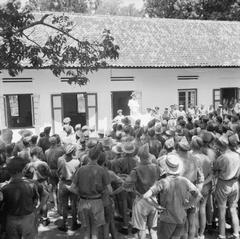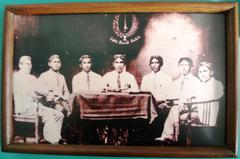Visiting Tugu Tani: Hours, Tickets, and Travel Tips
Published Date: 18/07/2024
Introduction to Tugu Tani
Today, Tugu Tani is more than just a historical site; it is a place of reflection, remembrance, and inspiration for both locals and tourists. Visitors are drawn not only by its rich historical context but also by its symbolic representation of Indonesia’s journey towards independence. This comprehensive guide will navigate you through its history, cultural significance, visitor information, and nearby attractions, ensuring you make the most of your visit.
Table of Contents
- [Discover the History and Significance of Tugu Tani](#discover-the-history-and-significance-of-tugu-tanidiscover-the-history-and-significance-of-tugu-tani)
- [Early History - A Tribute to Fallen Heroes](#early-history---a-tribute-to-fallen-heroesearly-history---a-tribute-to-fallen-heroes)
- [The Original Monument - A Water Fountain with a Troubled Past](#the-original-monument---a-water-fountain-with-a-troubled-pastthe-original-monument---a-water-fountain-with-a-troubled-past)
- [The Birth of Tugu Tani - A Symbol of Indonesian Independence](#the-birth-of-tugu-tani---a-symbol-of-indonesian-independencethe-birth-of-tugu-tani---a-symbol-of-indonesian-independence)
- [The Design and Symbolism - A Story Etched in Bronze](#the-design-and-symbolism---a-story-etched-in-bronzethe-design-and-symbolism---a-story-etched-in-bronze)
- [Visitor Information](#visitor-informationvisitor-information)
- [Travel Tips](#travel-tipstravel-tips)
- [Nearby Attractions](#nearby-attractionsnearby-attractions)
- [Tugu Tani Today - A Place of Remembrance and Reflection](#tugu-tani-today---a-place-of-remembrance-and-reflectiontugu-tani-today---a-place-of-remembrance-and-reflection)
- [Significance and Legacy - A Beacon of Hope and Unity](#significance-and-legacy---a-beacon-of-hope-and-unitysignificance-and-legacy---a-beacon-of-hope-and-unity)
- [Getting Around](#getting-aroundgetting-around)
- [FAQs](#faqsfaqs)
- [Conclusion](#conclusionconclusion)
- [Call to Action](#call-to-actioncall-to-action)
- [References and Further Reading](#references-and-further-readingreferences-and-further-reading)
Discover the History and Significance of Tugu Tani
Tugu Tani, literally meaning “Tani Monument,” is a prominent landmark in Central Jakarta, Indonesia. Its history intertwines with the colonial past of the nation and the struggle for independence, making it a symbol of resilience and national pride.
Early History - A Tribute to Fallen Heroes
The monument’s origins date back to 1740, during the tumultuous VOC era. Following a bloody massacre of ethnic Chinese by Dutch colonial forces and the subsequent Geger Pacinan rebellion, the area now known as Tugu Tani became a mass grave. Batavia, as Jakarta was then called, was shaken by these events. The massacre, fueled by fear and prejudice, left a deep scar on the city’s social fabric. The Tugu Tani area, bearing the weight of this tragic history, became a silent testament to the brutality of the colonial regime.
The Original Monument - A Water Fountain with a Troubled Past
In 1741, as a gesture of reconciliation, Governor-General Adriaan Valckenier commissioned a monument to be erected on the site. This monument, however, was not a tribute to the victims of the massacre. Instead, it took the form of a water fountain topped with a statue of a European woman. This act, seen by many as a deliberate attempt to erase the memory of the massacre and appease the Dutch citizens, further fueled resentment among the local population.
The Birth of Tugu Tani - A Symbol of Indonesian Independence
Fast forward to the post-World War II era, Indonesia’s fight for independence from Dutch rule was gaining momentum. The original monument, seen as a symbol of colonial oppression, was dismantled in 1945. In its place, Indonesian President Sukarno envisioned a new monument, one that would embody the spirit of the newly independent nation. He commissioned the renowned Indonesian sculptor, Soeparto, to create a monument that would symbolize the people’s struggle and triumph.
The Design and Symbolism - A Story Etched in Bronze
Completed in 1967, the Tugu Tani monument stands tall as a testament to Indonesian resilience. Crafted from bronze, the monument depicts two human figures – a man and a woman – supporting a child who reaches for the sky.
- The Man - Represents the strength and determination of the Indonesian people in their fight for independence.
- The Woman - Symbolizes the nurturing and compassionate spirit of the nation, providing support and solace during times of hardship.
- The Child - Represents the future generations of Indonesia, reaching for a brighter future filled with hope and prosperity.
The monument’s design is rich in symbolism. The upward gaze of the figures signifies hope and aspiration, while their intertwined bodies represent unity and solidarity. The child reaching for the sky embodies the nation’s aspirations for progress and development.
Visitor Information
- Visiting Hours - Tugu Tani is open to the public 24 hours a day, making it accessible for both early morning visits and late evening strolls.
- Tickets - There is no entry fee to visit Tugu Tani, making it a budget-friendly attraction for all visitors.
- Accessibility - The monument is easily accessible by public transport, and the surrounding park is wheelchair-friendly.
- Guided Tours - While there are no official guided tours, local guides are often available to provide historical context and insights.
- Photographic Spots - The monument and the surrounding park offer numerous picturesque spots for photography enthusiasts.
Travel Tips
- Best Time to Visit - Early mornings or late afternoons are ideal to avoid the midday heat and enjoy a more peaceful experience.
- What to Bring - Comfortable walking shoes, water, and sun protection are recommended, especially during the hotter months.
- Nearby Amenities - There are several cafes and restrooms in the vicinity, providing convenience for visitors.
Nearby Attractions
- National Monument (Monas) - An iconic symbol of Jakarta, located a short distance from Tugu Tani (source).
- Istiqlal Mosque - The largest mosque in Southeast Asia, offering a serene and culturally enriching experience (source).
- Jakarta Cathedral - A beautiful neo-gothic structure located near Istiqlal Mosque, showcasing Indonesia’s religious diversity (source).
- National Museum of Indonesia - A treasure trove of Indonesian history and culture, located about 2 kilometers from Tugu Tani (source).
Tugu Tani Today - A Place of Remembrance and Reflection
Today, Tugu Tani stands as a poignant reminder of Indonesia’s past struggles and its aspirations for the future. It is a place where locals and tourists alike come to pay their respects, reflect on the nation’s history, and draw inspiration from the indomitable spirit of the Indonesian people.
The monument is surrounded by a bustling park, offering a welcome respite from the city’s hustle and bustle. It is a popular gathering spot for locals, a place for families to enjoy picnics, and a tranquil setting for quiet contemplation.
Significance and Legacy - A Beacon of Hope and Unity
Tugu Tani’s significance extends beyond its historical context. It serves as a constant reminder of:
- The Cost of Freedom - The monument stands as a solemn tribute to the countless lives lost during Indonesia’s struggle for independence.
- The Importance of Unity - The intertwined figures symbolize the strength that lies in unity and the importance of working together to overcome challenges.
- Hope for the Future - The child reaching for the sky embodies the aspirations of a nation striving for progress and a brighter future for its people.
Tugu Tani is not just a monument; it is a living testament to the spirit of Indonesia. It is a place where history, art, and national pride converge, offering visitors a glimpse into the soul of this vibrant nation.
Getting Around
Navigating between Tugu Tani and nearby attractions is convenient with various transportation options:
- TransJakarta Bus - The most affordable and efficient way to travel around Jakarta, with a bus stop located near Tugu Tani.
- Taxi/Ride-hailing - Easily accessible through apps like Gojek and Grab.
- Angkot (Minivan) - A budget-friendly option, but routes can be confusing for first-timers.
- Walking - Many attractions are within walking distance, offering a chance to experience the city’s vibrant street life.
FAQs
- What are the visiting hours for Tugu Tani? Tugu Tani is open 24 hours a day.
- How much does it cost to visit Tugu Tani? There is no entry fee; visiting the monument is free of charge.
- Are guided tours available at Tugu Tani? While there are no official guided tours, local guides are often available to provide insights.
Conclusion
By exploring Tugu Tani and its surrounding attractions, visitors can gain a deeper understanding of Jakarta’s rich history, cultural diversity, and modern-day dynamism. Don’t forget to download the Audiala mobile app for more travel tips, check out other related posts, and follow us on social media for the latest updates.
Call to Action
Discover the rich history and significance of Tugu Tani by visiting this iconic monument. Download the Audiala mobile app for more travel guides, check out other related posts on our blog, and follow us on social media for the latest updates and tips.
